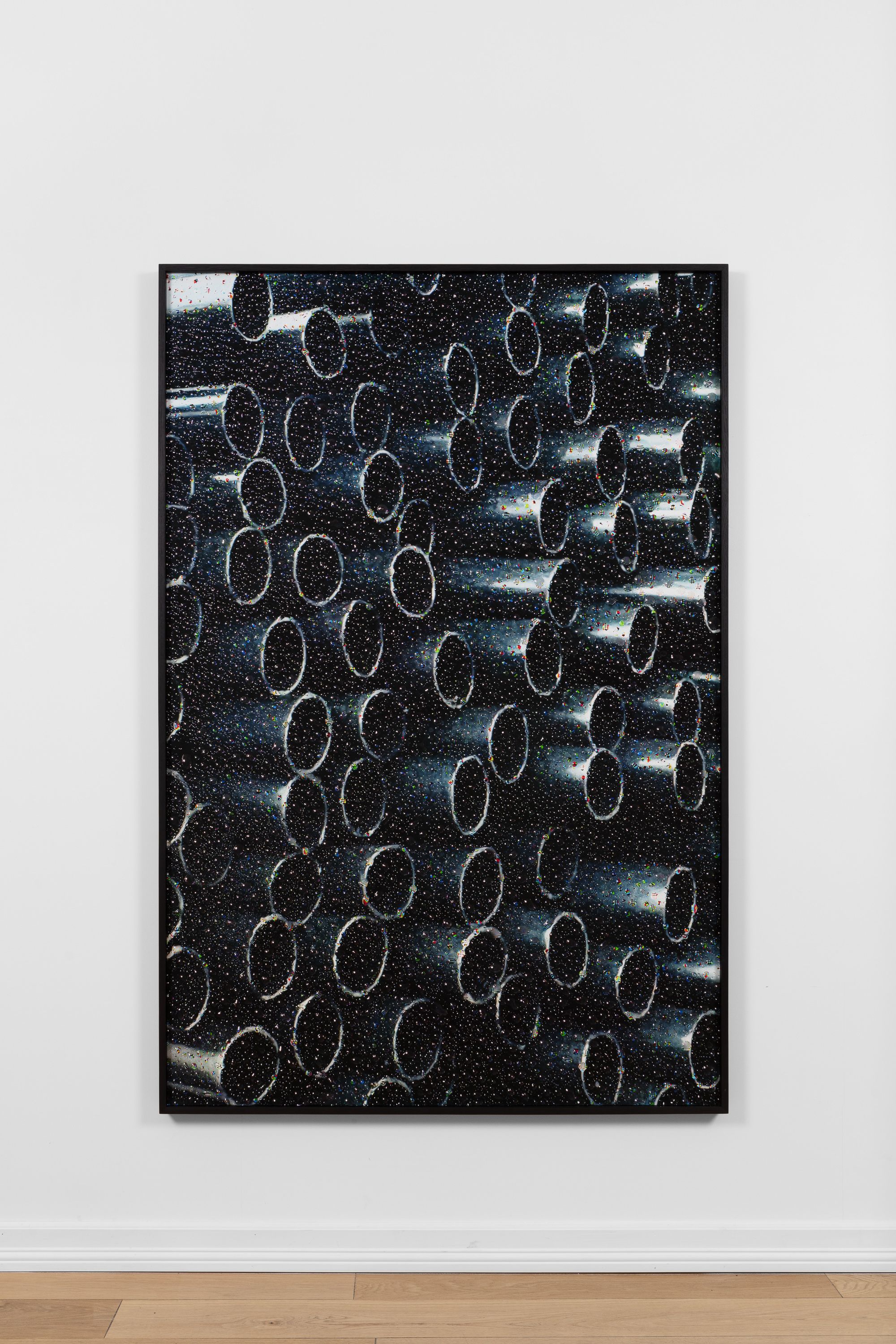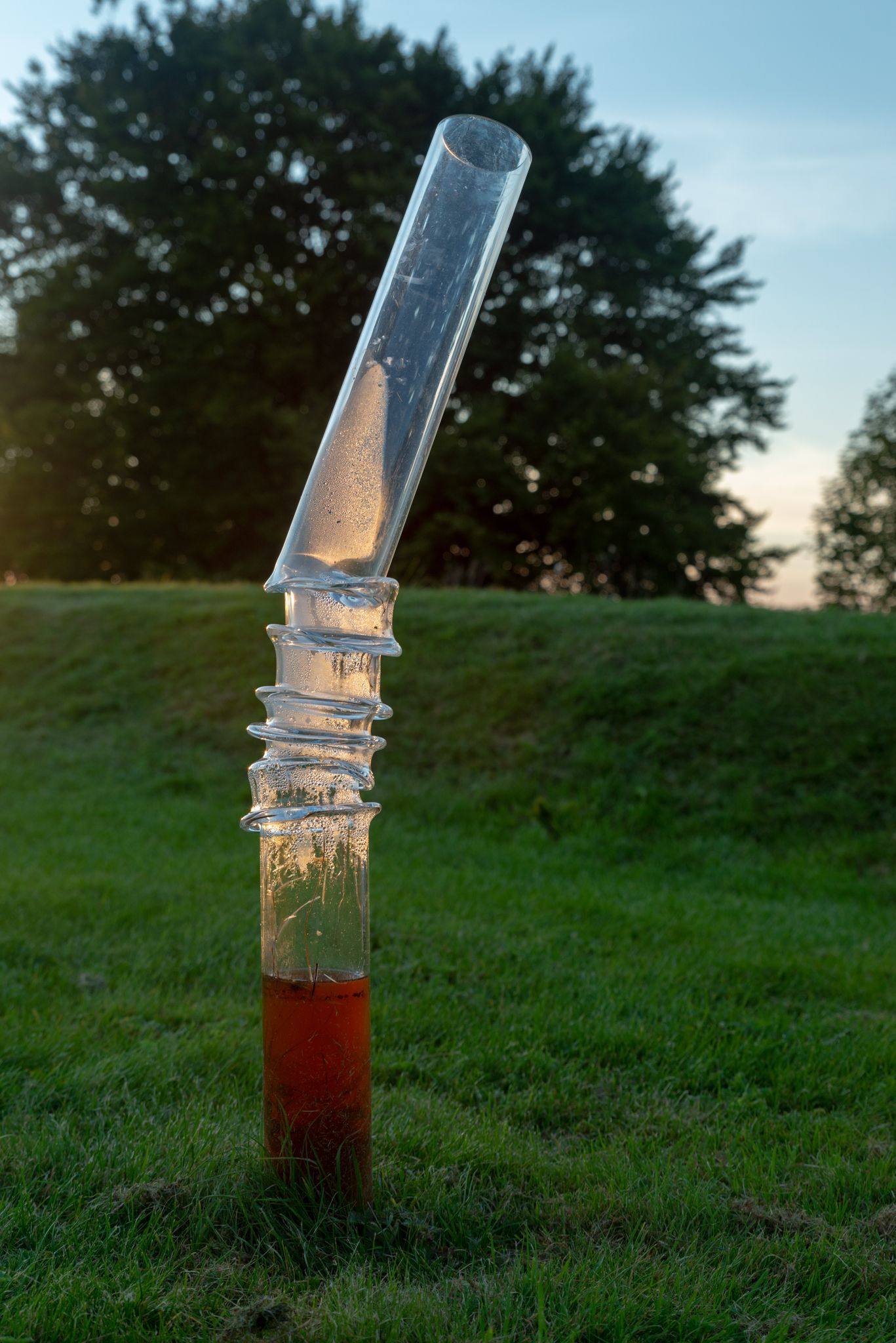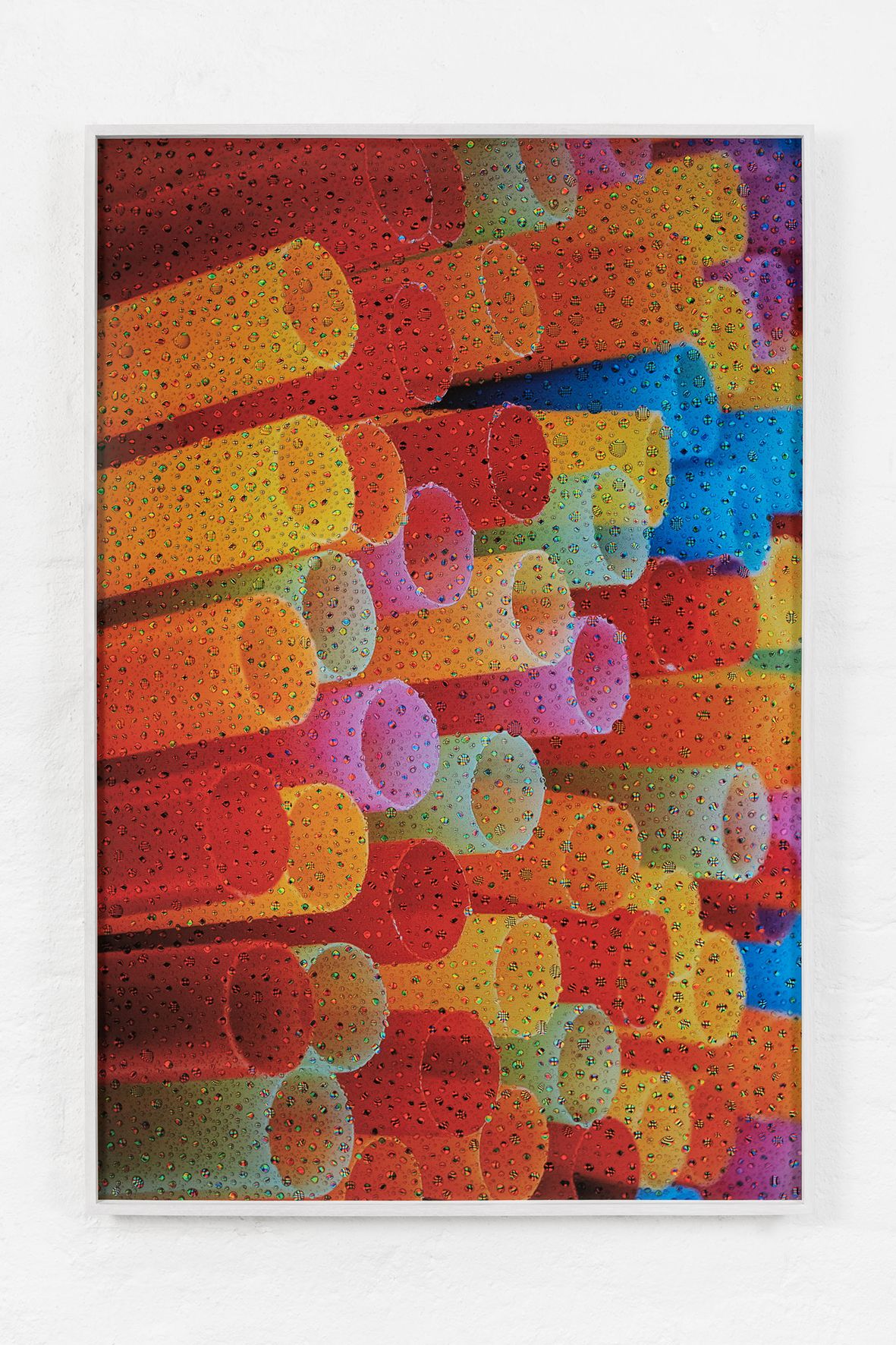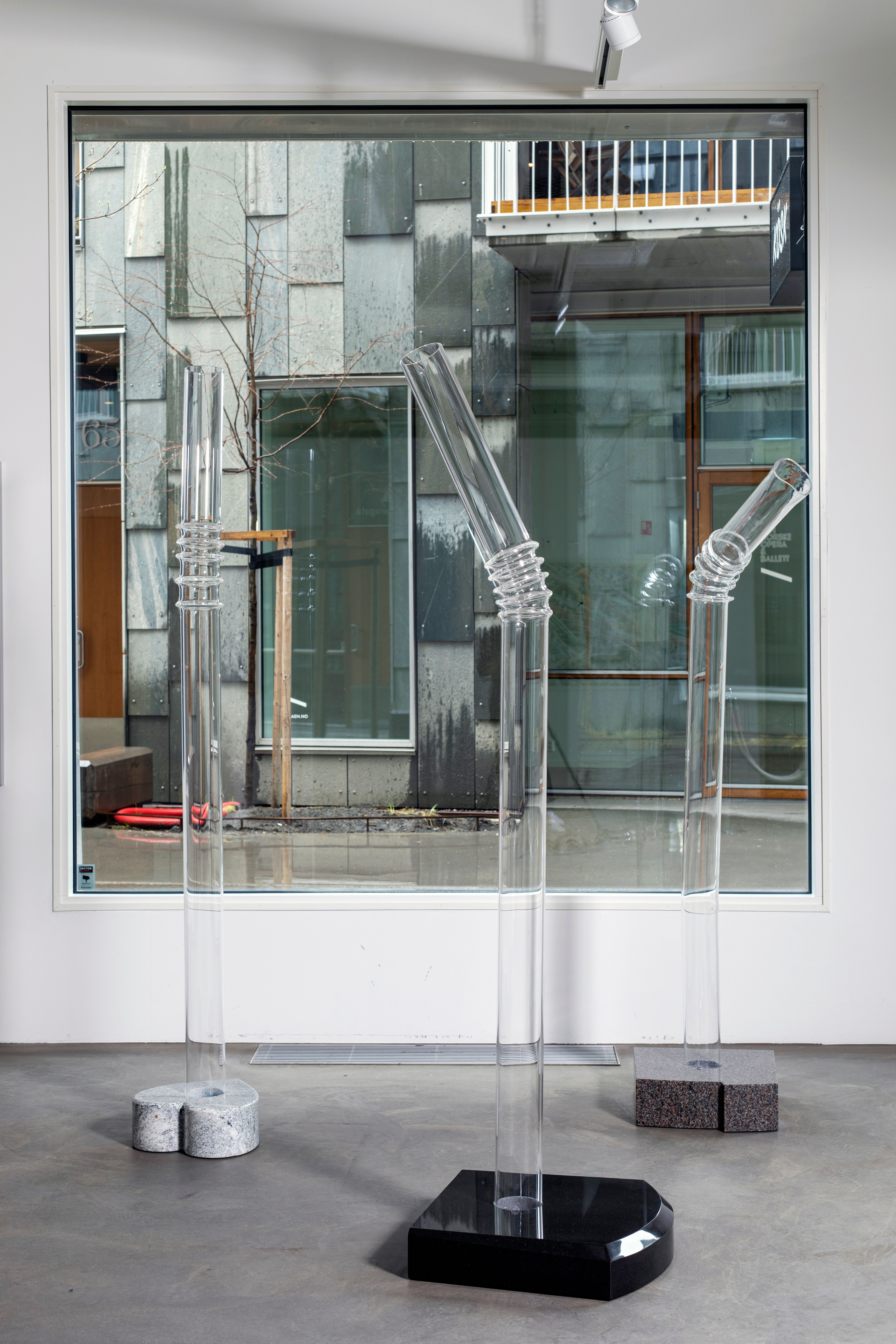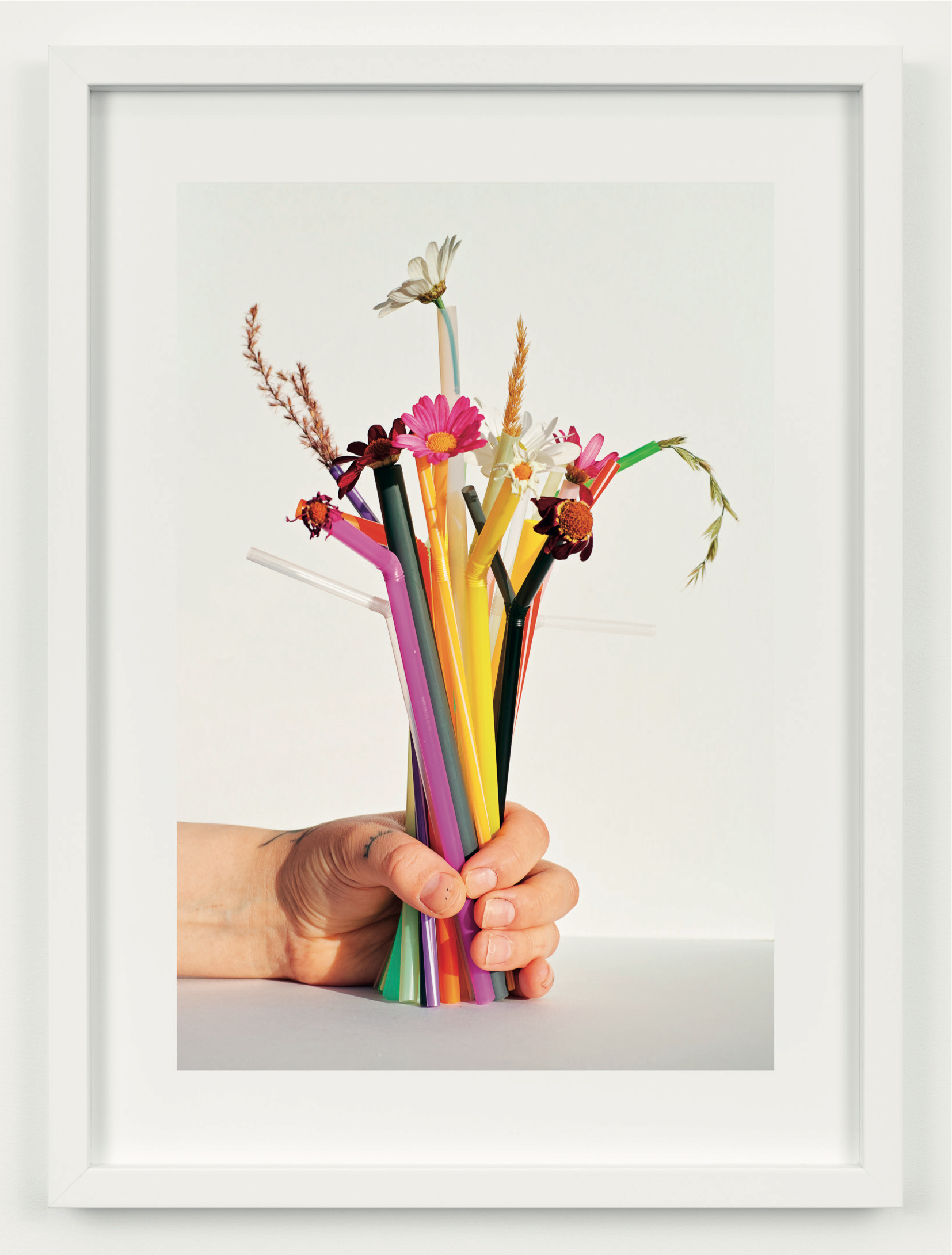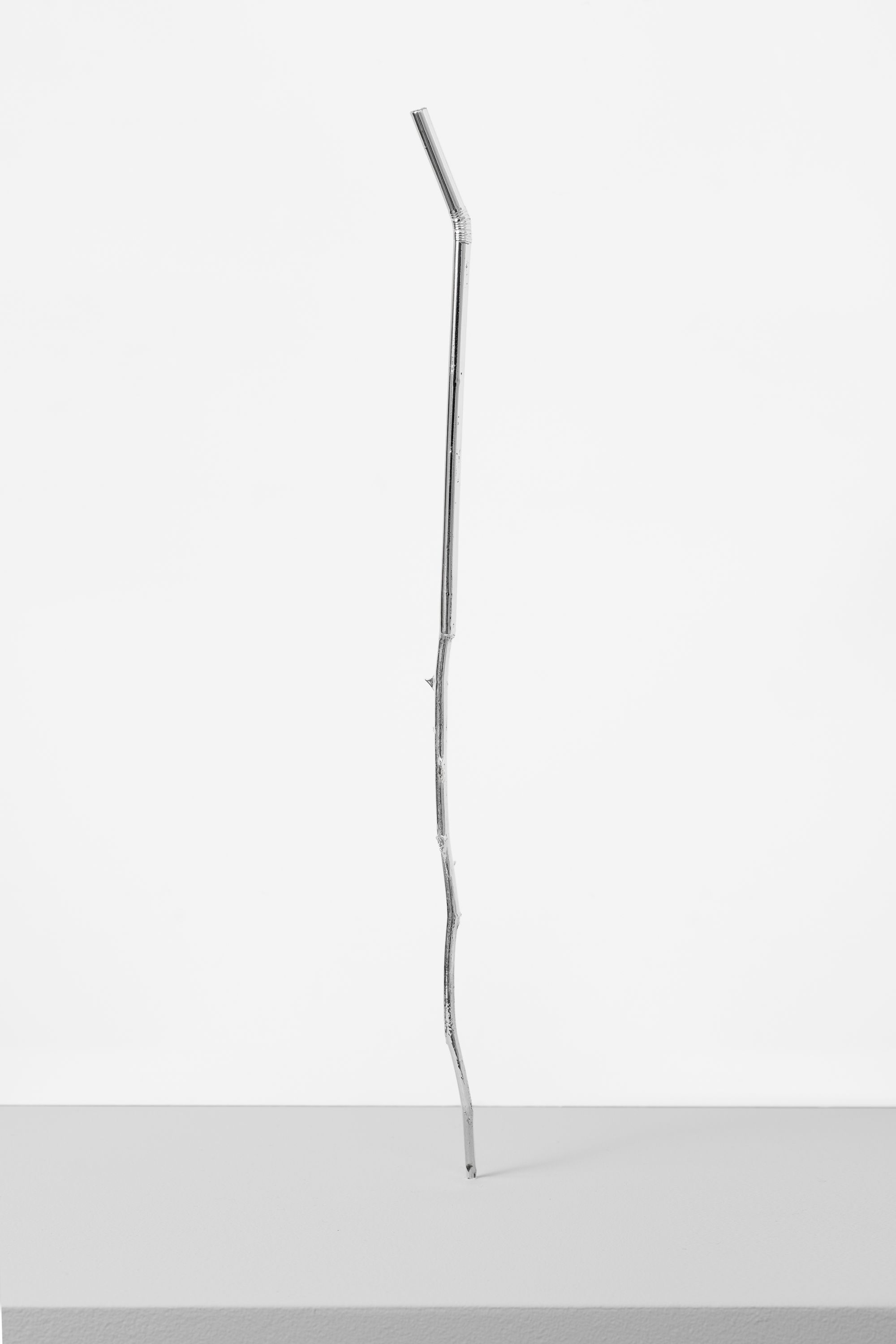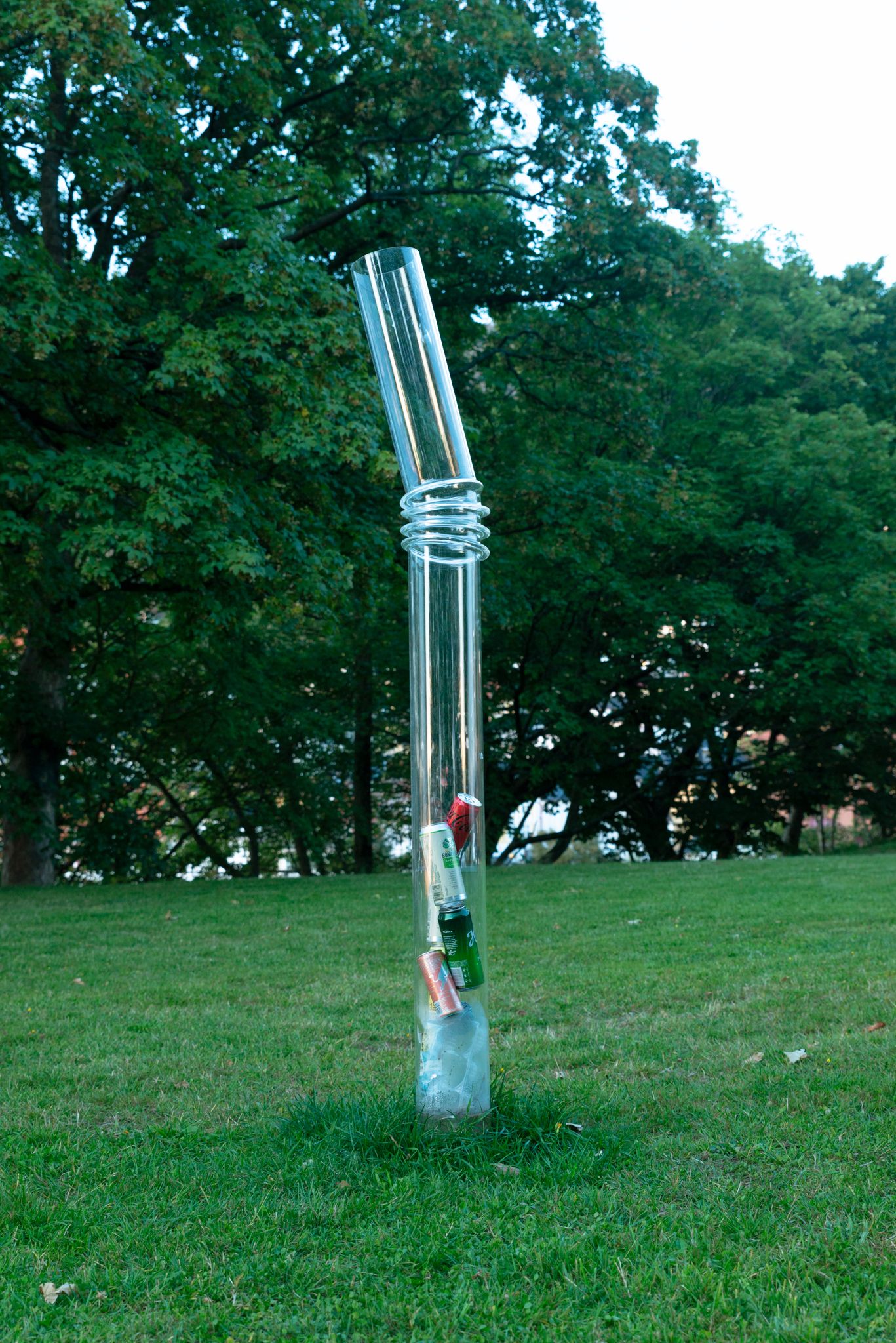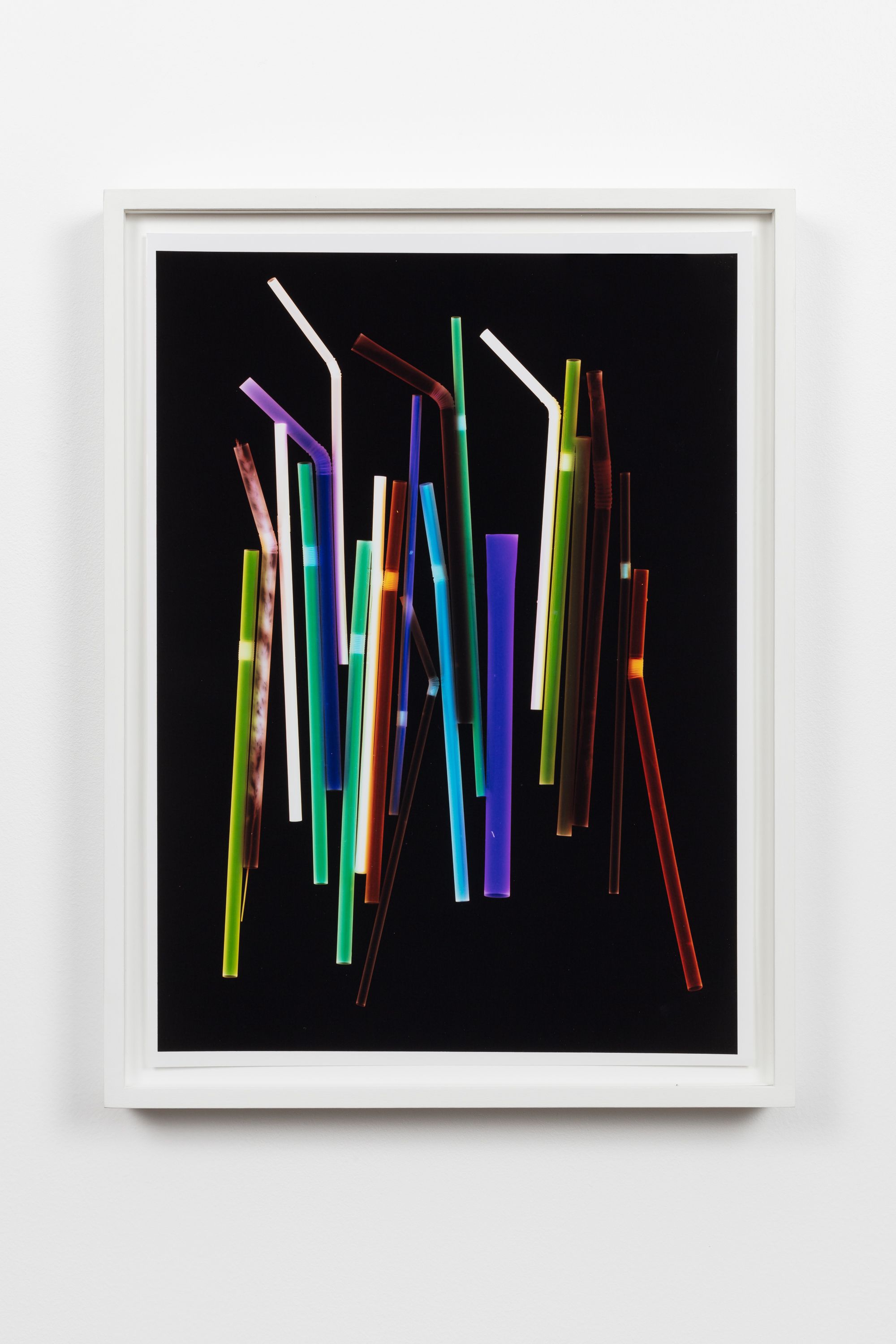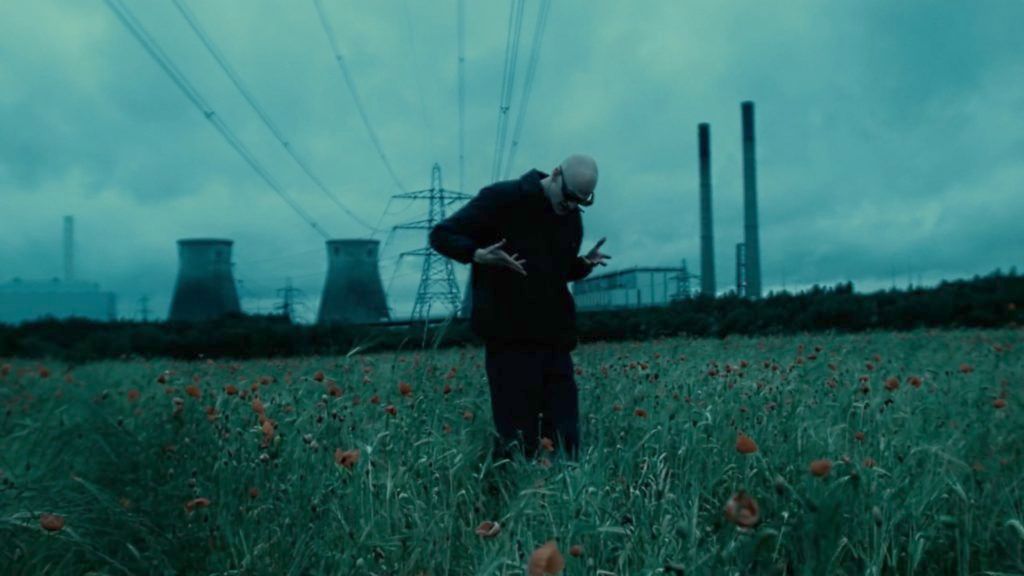OK, so the idea is to bring together people from Stavanger with international artists. There was one artist that we knew from before in Stavanger, Sandra Vaka. We love her work and she’s a personal friend. Her practice is interesting because her works can be both pop and carry political meaning at the same time. She’s obsessed with straws. Through art history, there are many examples of artists who obsess over one theme, exploring it from many angles. Maybe for Sandra the end goal will be to have a museum of straws by her! Straws can be seen as an almost childish pop object, superficial and no depth. But Sandra made me think of Claes Oldenburg, Swedish-American sculptor known for his massive pop sculptures that holds the same type of complexity as Sandra’s works. Really pop on the outside, but in fact a political comment through how they were inserted into the landscape. Sandra’s practice is transgressive yet beautiful, just the type of ambivalence that we’re looking for in Stavanger Secession. A dream for the future is to produce one of her sculptures, but in massive scale, a giant straw coming out of the sea. It would be a commentary on the oil extraction, which is such a big part of Stavanger’s identity. It would also be relevant on the theme of sacredness, to have this new totem, new public sculpture. So that’s one local artist that touches on these themes we work with. On the international side, I would like to highlight Blackhaine. He’s a performer based in Manchester, on one hand very avant-garde and niche, but on the other hand working for massive hip-hop artists such as Playboi Carti and Kanye West before his questionable extravagances. His dancing is a mix between Butoh – post-nuclear Japanese death dance – and the north of England social darkness embodied by the bodies in search of drugs wandering cities. Blackhaine works with these disarticulated bodies through a kind of pantomime. His dance is a commentary on bodies that stop being useful to capitalism, kind of robots without a mission. That is a different type of beauty and transgression that is interesting to us.


